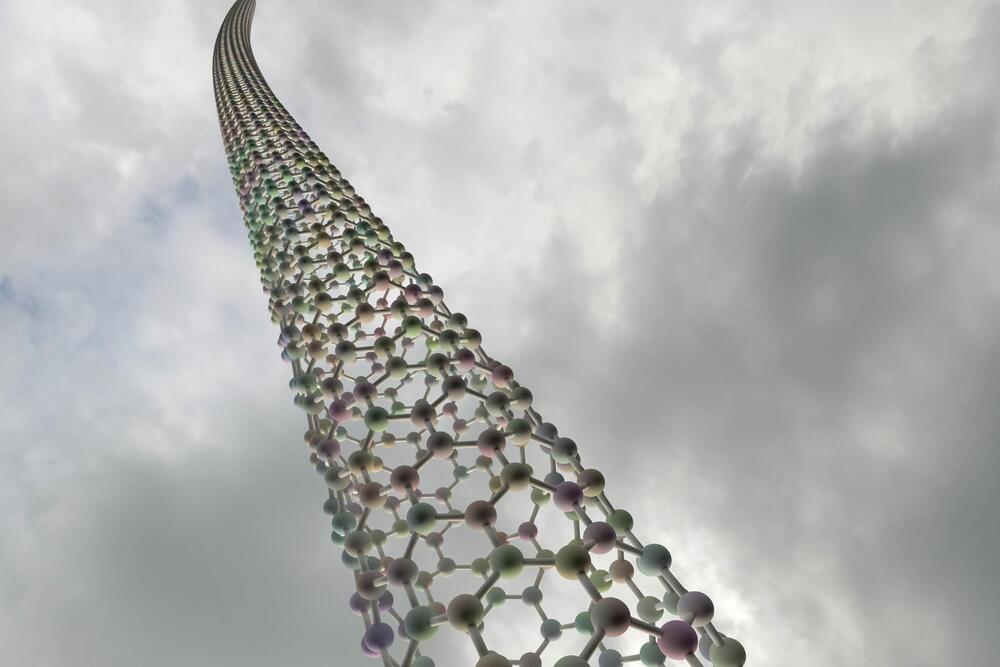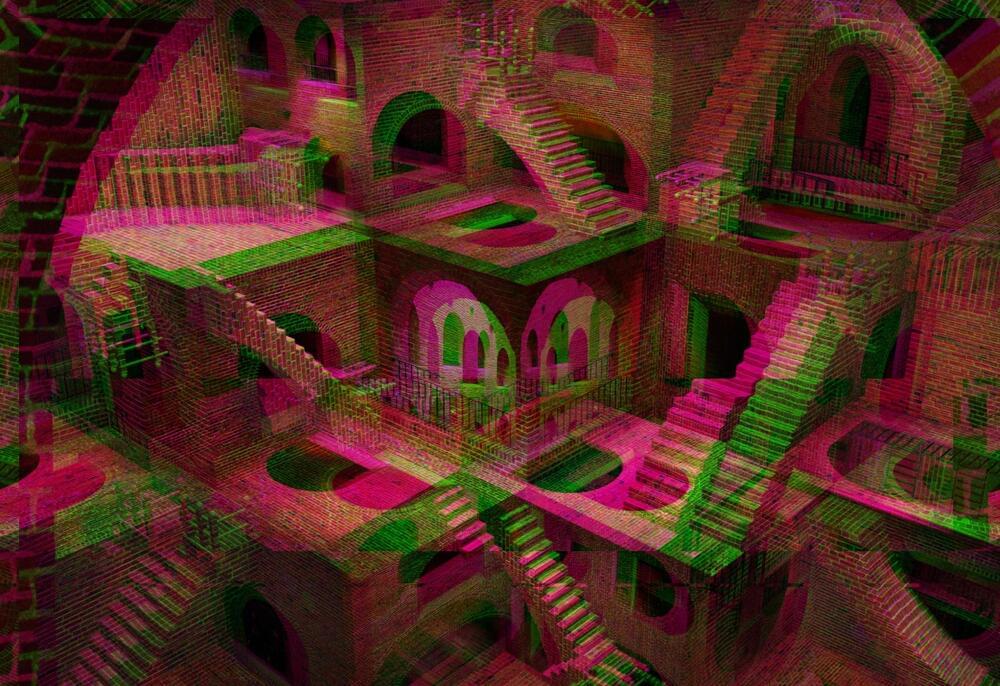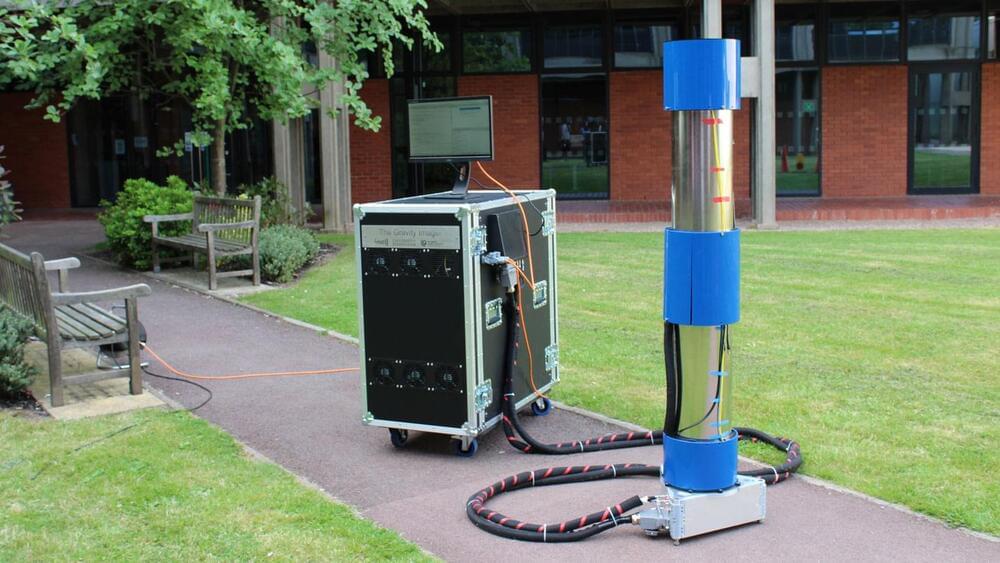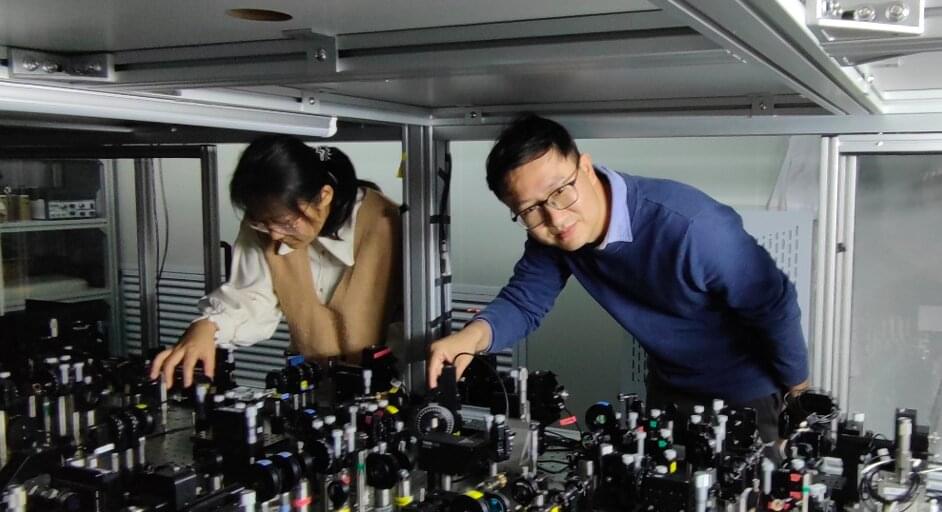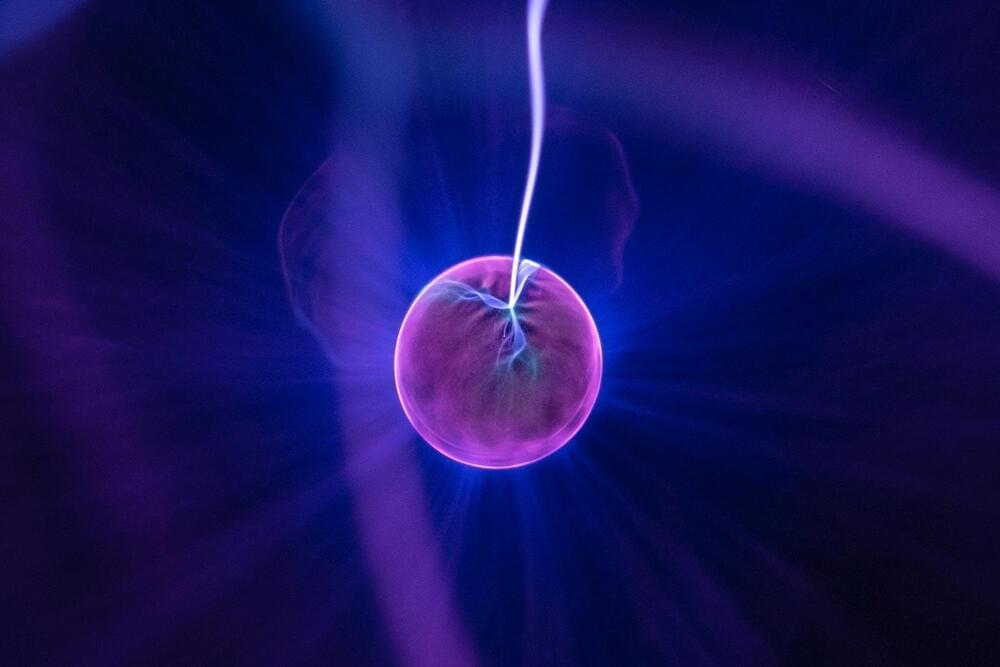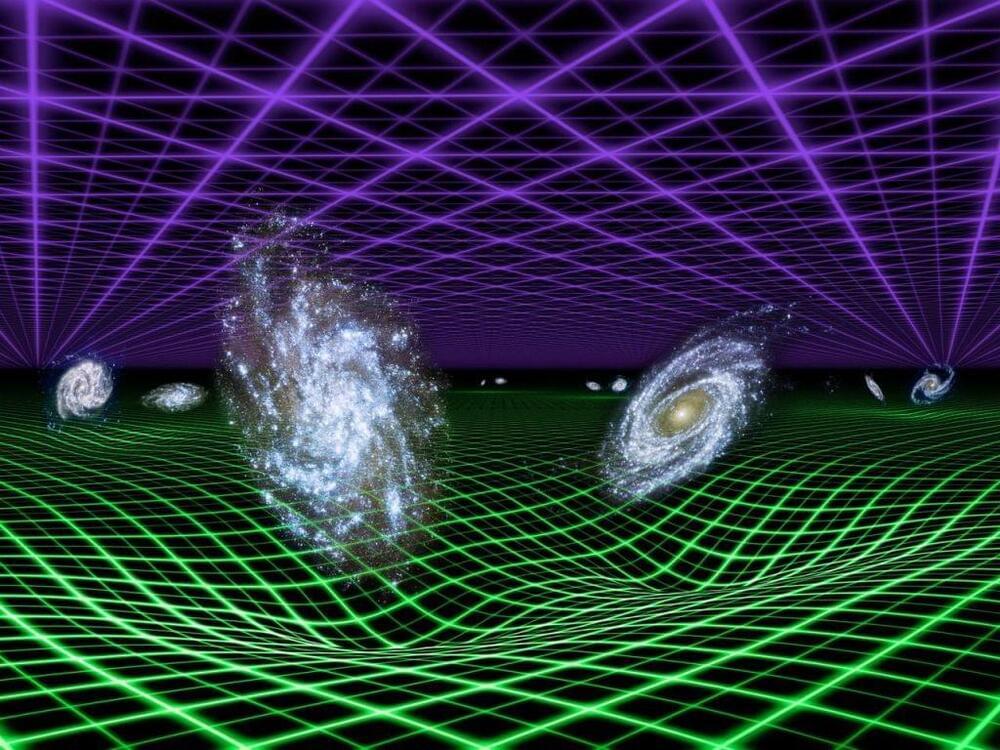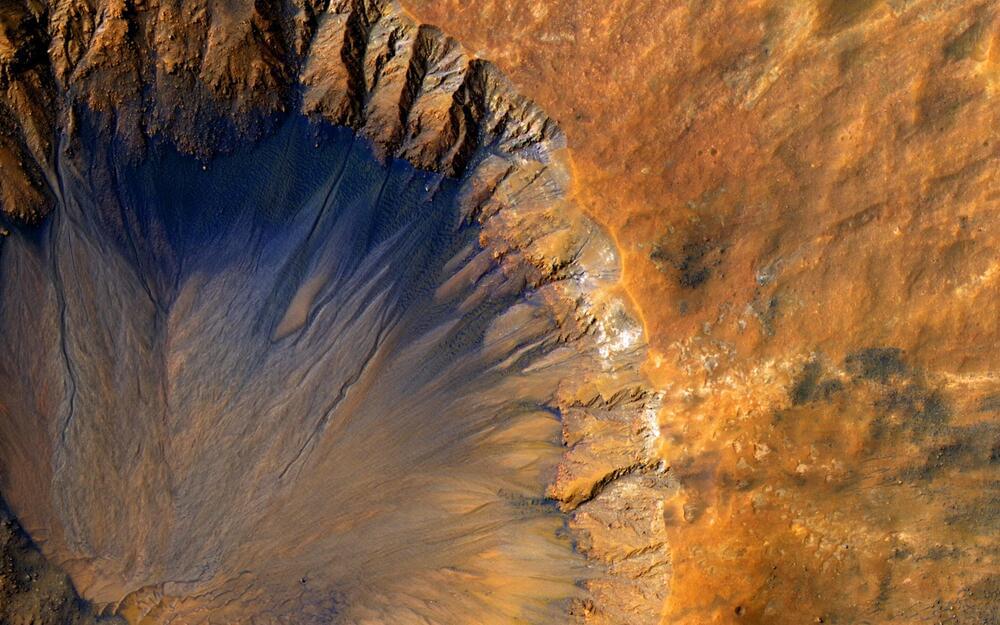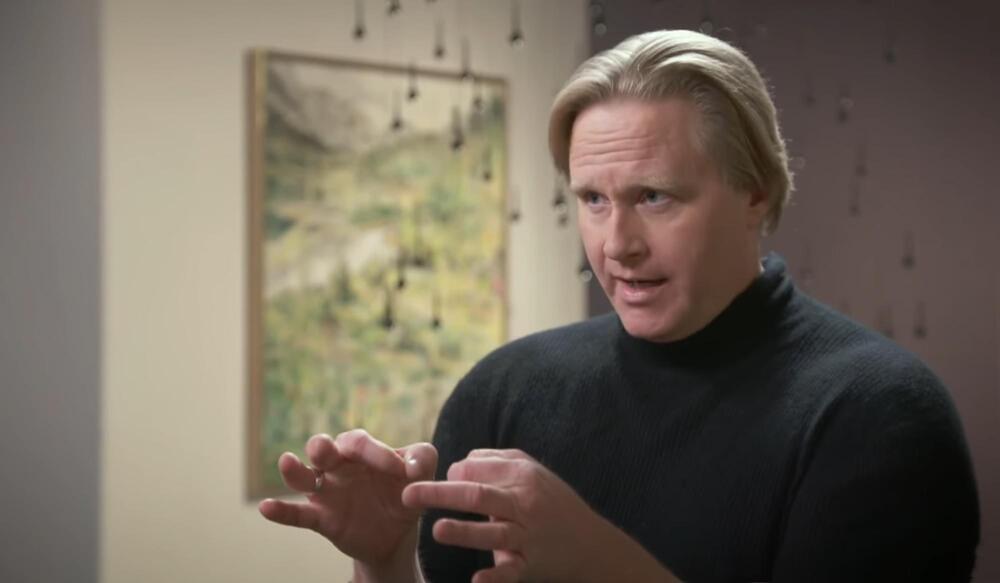Mar 2, 2022
Quantum Friction Explains Water’s Freaky Flow
Posted by Shubham Ghosh Roy in categories: nanotechnology, particle physics, quantum physics
Schran agrees. “This new mechanism of friction is definitely very interesting and exciting,” he says. “But what is missing in my opinion, is a clear benchmark measurement.” Quantifying, for instance, how friction changes based on water’s interaction with single versus multiple layers of carbon atoms could go a long way to fully verifying the new theory, which predicts that greater numbers of electrons in the multilayered carbon will boost friction.
The study team is already progressing along this path and dreaming of what lies beyond. They are hoping to eventually test their theory with flowing liquids other than water, and nanotubes composed of elements besides carbon. In such cases, molecules in the liquid and the electrons within nanotube walls would follow different patterns of interaction, possibly leading to changes in the degree of quantum friction. Lydéric Bocquet says that it may even be possible to control the amount of friction a flowing liquid experiences by constructing nanotubes with electron behavior explicitly in mind.
The new study sets the stage for years of complex exploration by experimental and theoretical physicists alike and, according to Kavokine, also signals a fundamental shift in how physicists should think about friction. “Physicists have long thought that it is different at the nanoscale, but this difference was not so obvious to find and describe,” he says. “They were dreaming about some quantum behavior arising at these scales—and now we have shown how it does.”
